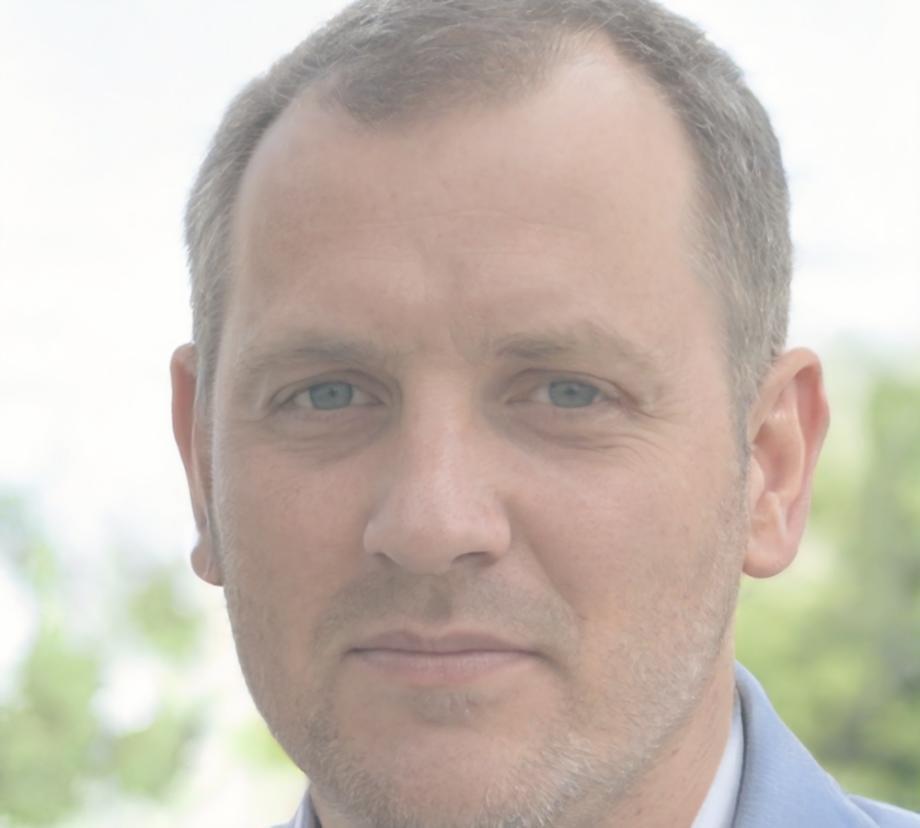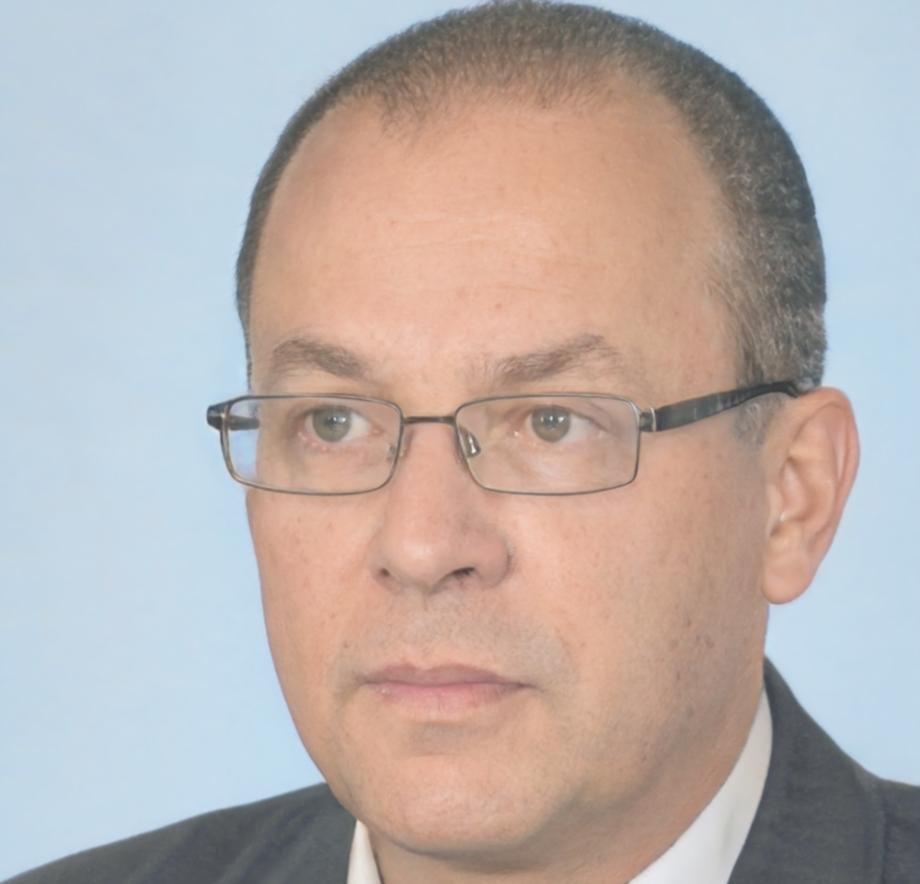Build Financial Models That Actually Work
Most financial models look impressive but fall apart when you need them most. We teach you to build robust, flexible models that answer real business questions—not just fill spreadsheets with formulas.
Our approach focuses on practical application. You'll work through actual business scenarios, learning to structure assumptions, validate data, and present insights that drive decisions.

Three Skills That Make the Difference
Anyone can learn Excel functions. But building models that stand up to scrutiny requires different thinking. These three areas separate models that get used from ones that get ignored.

Structure First
The best models start with clear structure before any formulas. We teach you to map business logic, separate inputs from calculations, and create flows that others can follow months later.

Validation That Counts
Every model needs checks. Not just sum totals, but logic tests that catch errors before they reach decision-makers. You'll learn validation methods that actually prevent mistakes.

Present with Purpose
Models exist to inform decisions. We focus heavily on output design—creating dashboards and reports that communicate findings without requiring users to dig through tabs.
What to Expect at Each Stage
Our program runs for eight months starting March 2026. Here's how the learning unfolds, with common questions people have at each phase.
1Foundation Months
First two months cover modeling fundamentals. You'll rebuild simple models from scratch, learning structure principles and common patterns. This phase feels basic, but it establishes habits that matter later.
2Application Period
Months three through five focus on industry-specific models. You'll work through forecasting, valuation, and scenario planning cases. Projects get more complex, but you'll have support from instructors and peers.
3Integration Phase
Final three months bring everything together. You'll complete a capstone project—building a comprehensive model from requirements through presentation. Many participants use this as portfolio material.
4Ongoing Resources
After completion, you keep access to materials and instructor office hours. We update content quarterly based on industry changes. Past participants often return with specific questions as their careers develop.
Who Teaches This Program
Our instructors work in finance roles alongside teaching. They bring current practices and real problems to every session, not just textbook examples.

Thaddeus Kirkland
Thaddeus spent twelve years building models for infrastructure projects. He focuses on helping students understand why models fail—usually structure problems, not formula errors. His workshops emphasize validation techniques that catch issues early.

Oswin Raeburn
Oswin teaches the valuation and scenario planning modules. He works with mid-market companies, which gives him insight into what models actually get used versus what gets filed away. His sessions focus heavily on output design and stakeholder communication.